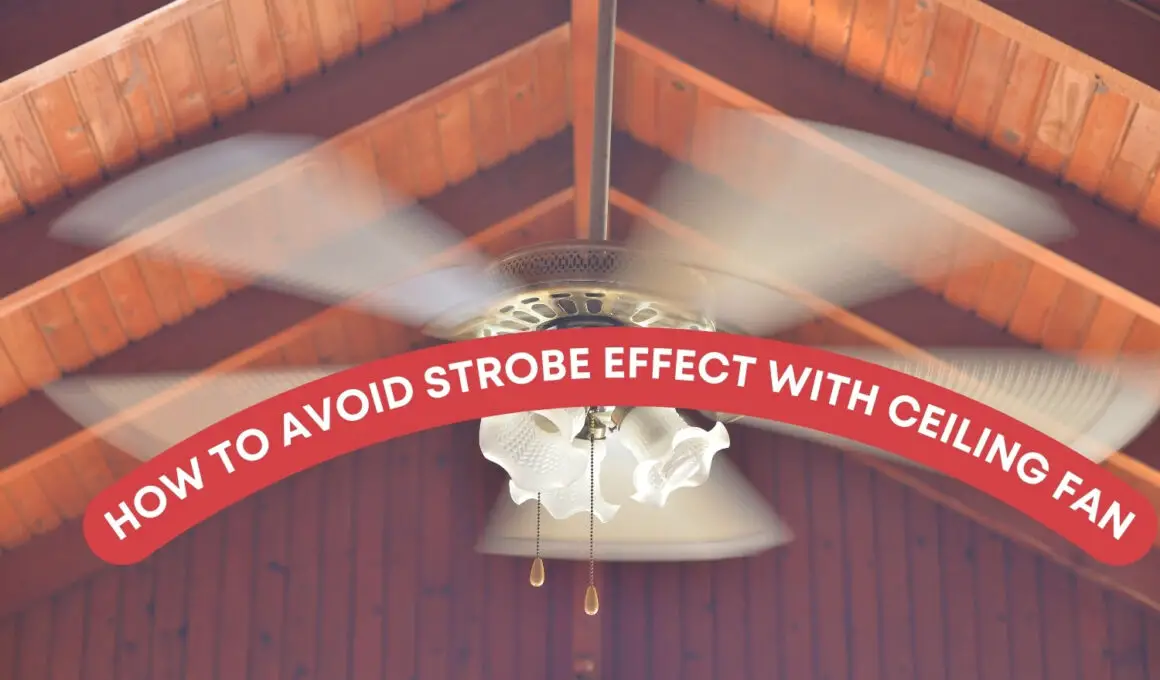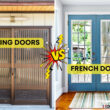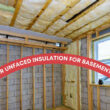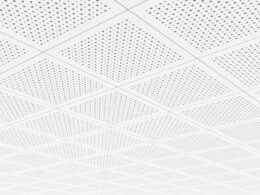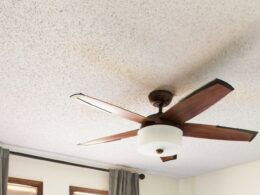Table of Contents Show
As a seasoned homeowner and contractor, I’ve encountered numerous challenges that come with making a home both comfortable and functional. One such challenge is the strobe effect caused by ceiling fans, a common issue in many homes yet often overlooked.
The strobe effect, characterized by a flickering sensation produced when a ceiling fan’s blades intersect with artificial light, can be more than just an annoyance. It can disrupt the ambiance of a room and, in some cases, contribute to discomfort or eye strain.
Understanding and addressing this effect is crucial, not just for the aesthetics of your space but also for the well-being of its occupants.
Drawing on my experience in home improvement and construction, I will guide you through straightforward and professional solutions to prevent this strobing.
This discussion will cover everything from the right choice of ceiling fan and lighting fixtures to simple adjustments you can make in your living spaces.
Causes of the Strobe Effect in Ceiling Fans
The strobe effect in ceiling fans, a flickering phenomenon that can disrupt the ambiance of a room and cause discomfort, arises from a few key factors. Understanding these causes is essential for anyone looking to create a comfortable and visually pleasing environment in their home.
1. Ceiling Fan Design Factors
The design of the ceiling fan plays a significant role in the strobe effect. Factors such as the number of blades, their color, and material can influence how light interacts with the fan.
Fans with more blades or those with reflective surfaces can create more pronounced shadows as they rotate, contributing to the strobe sensation. The shape and angle of the blades also affect how light is cast across the room, with certain designs amplifying the strobe effect.
2. Room Lighting
The type and placement of room lighting are crucial in determining whether a strobe effect occurs. Overhead lights, especially those positioned directly above or close to the fan, are more likely to interact with the moving blades, creating a rapid sequence of shadow and light.
The intensity and color temperature of the bulbs also play a role. Brighter lights and certain LED or fluorescent bulbs can exacerbate the strobe effect due to their inherent flickering characteristics.
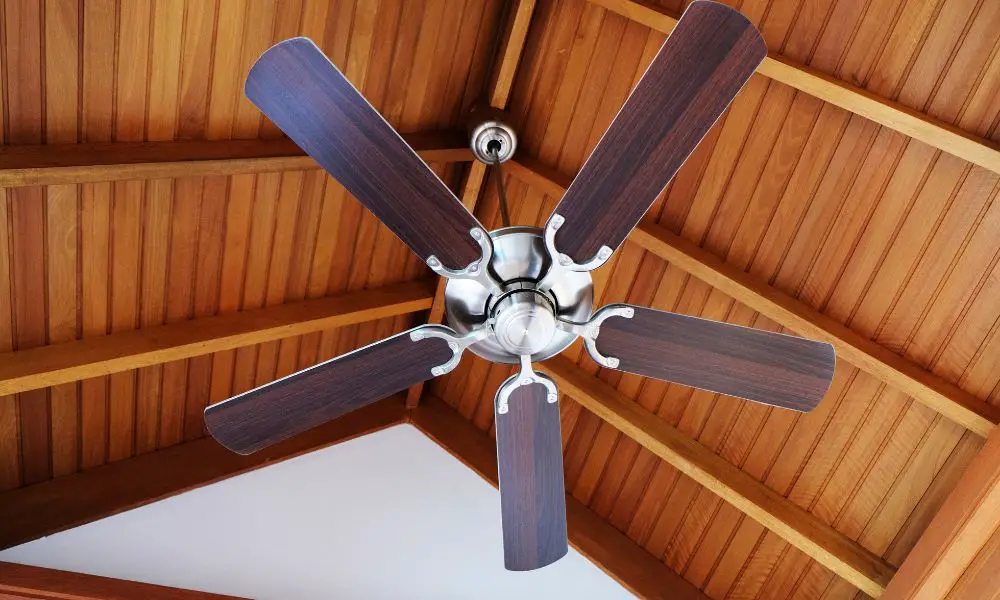
3. Fan Speed
The speed at which the fan blades rotate greatly influences the occurrence and intensity of the strobe effect. Higher speeds can lead to a more noticeable flickering sensation, as the blades cut through the light more rapidly.
Conversely, slower speeds may reduce the effect but won’t necessarily eliminate it. The interaction between fan speed and room lighting needs to be balanced to minimize the strobe effect.
How to Prevent the Strobe Effect
Preventing the strobe effect caused by ceiling fans is straightforward with a few key considerations. By making smart choices in fan design, lighting placement, and adjustments to fan speed and lighting intensity, you can ensure a comfortable, strobe-free environment in your home.
1. Choose the Right Ceiling Fan Design
Select a ceiling fan with a design that minimizes the potential for a strobe effect. Fans with fewer blades or blades with a matte finish are less likely to create a noticeable flickering. Additionally, consider the shape and angle of the blades; some designs are better suited for reducing shadow and light disruptions.
2. Optimal Placement of Lights on the Fan
Lighting placement is crucial. Avoid placing overhead lights directly under the ceiling fan. If possible, use multiple light sources around the room to distribute light evenly and reduce the intensity of shadows cast by the fan blades. Side lighting or floor lamps can also be effective alternatives.
3. Opt For Suitable Fan Blade Color and Material
Choose fan blades with colors and materials that reduce reflections and shadows. Darker colors or non-reflective materials can help diminish the strobe effect. Blades with a matte finish are preferable over glossy ones, as they reflect less light.
4. Adjust The Fan Speed and Lighting Intensity
Find a balance between fan speed and room lighting. Sometimes, simply reducing the fan speed can lessen the strobe effect.
Similarly, using dimmer switches to adjust the brightness of your lights can help. Experiment with different combinations of fan speed and light intensity to find the setting that works best for your space.
By implementing these simple yet effective strategies, you can significantly reduce or eliminate the strobe effect from ceiling fans, ensuring a more visually comfortable environment in your home.






